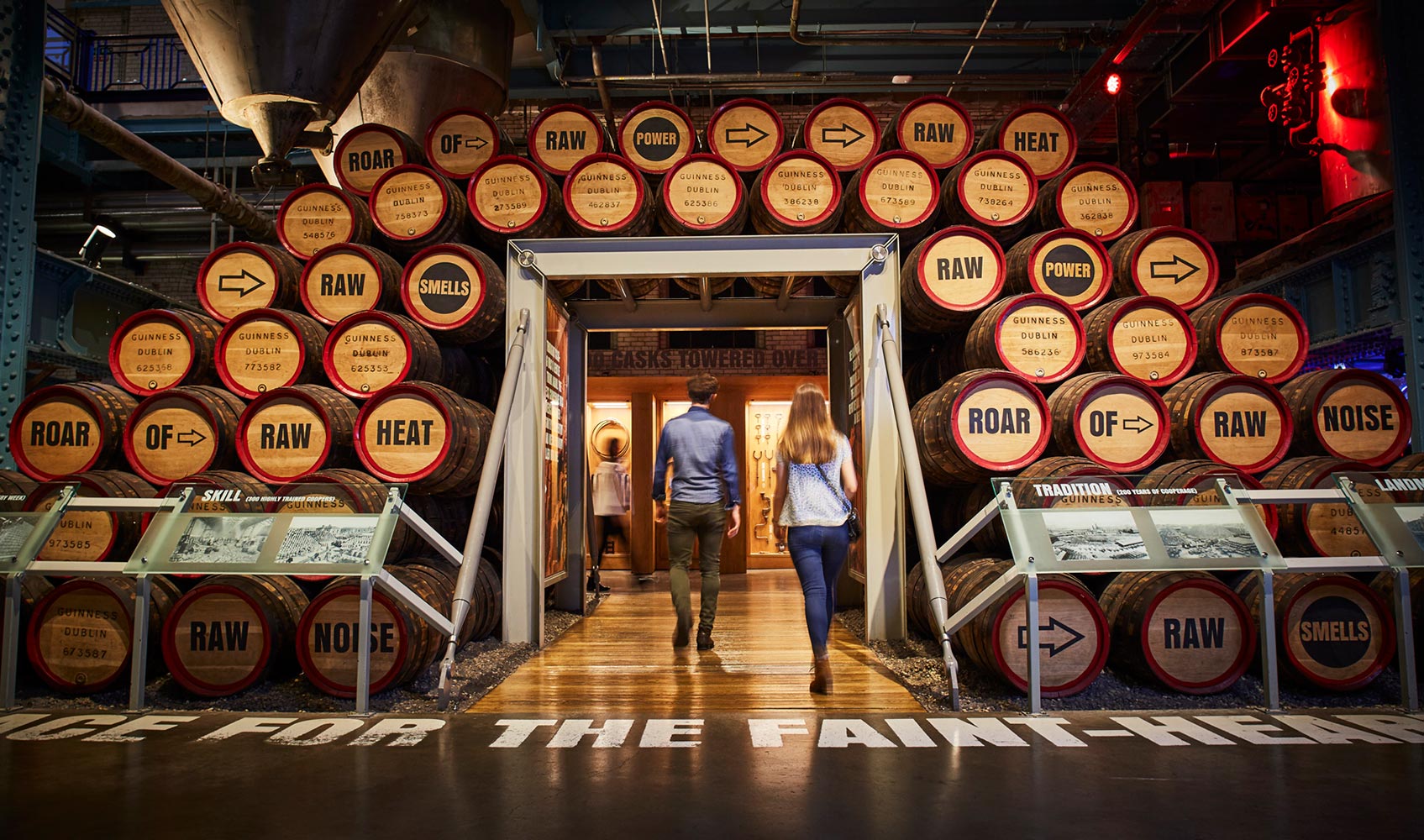
This summer I went back to St James’s Gate to find the visitor experience transformed. Overall, it was a modest yet worthwhile tourist attraction. I remember finding the displays of Guinness adverts particularly interesting – the brand has a long-standing reputation for memorable, often quirky, commercials. A copy of that historic lease, for example, is displayed under a sheet of glass set into the floor, making it difficult to read.

The displays, and indeed the whole affair, is wildly overblown and too-clever-by-half. But I can’t help thinking the detail would be of more interest to historians, business studies undergrads or branding geeks than your average tourist. Sure, the history of the business is moderately interesting, dating back as it does to 1759 when Arthur Guinness, the founder, signed a 9,000-year lease on the St James’s Gate site at £45 a year. But for me it was a case of more is less – or, referencing one of those famous ad campaigns, should that be Guinless? At the end of the day, how fascinating is a process that involves just four ingredients (barley, hops, yeast and water)? High-tech displays bombard the visitor with information about yeast, malted barley and the like. It’s Ireland’s most popular tourist site, attracting 1.7 million visitors a year before Covid struck, and more than 20 million since it opened in 2000.

The centre has been relocated to the enormous former storehouse, where yeast was added to the brew, and the displays have been greatly expanded to fill seven floors.


 0 kommentar(er)
0 kommentar(er)
